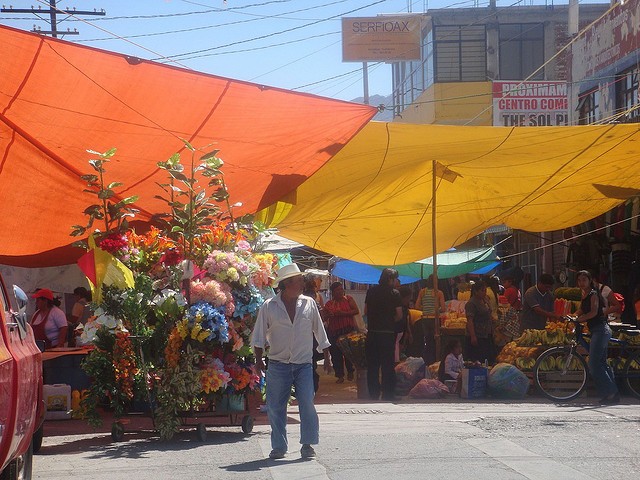
We spend a lot of time pontificating about Mexican food around here. We live in a place blessed by excellent Mexican food, and yet it's a place beset by people too afraid to eat it. This weird dichotomy means that a barbacoa specialist may set up shop next to a popular combination-plate Mexican-American place, and yet remain completely unknown by non-Mexicans, even in the age of Yelp.
]
The problem is similar to that of Chinese food; the American vision of the cuisine was set when authentic ingredients were scarce and the food cooked by people for whom it was simply a way to make money. Even today, there are very few truly excellent, innovative Mexican chefs in the United States.
Still, the following five misconceptions, if corrected in the American collective psyche, would go a long way toward opening the door to a cuisine so varied, so refined, so completely tied to its sense of place that it ought to be uttered in the same breath as Chinese and French.
5. All Mexican food is spicy.
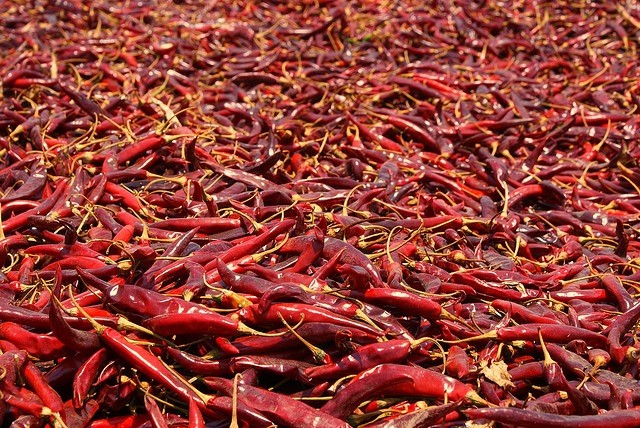
This is the most understandable stereotype of the five; Mexico has raised the art of the chile to heights found nowhere else on the continent. That doesn't mean that everything has to be fiery hot. While there are some searing dishes, particularly from the north of Mexico, chiles tend to be used for their flavors, not their heat. The rich moles of Oaxaca, while hardly sinus-clearing, are all built on various chiles, and for every dish that's got a base of chile, there are two that don't.
4. Mexicans don't eat vegetables.
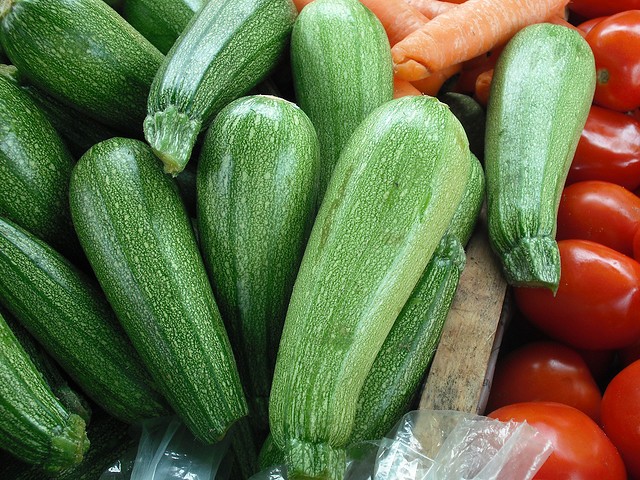
To look at the American idea of Mexican food, one would think not a single vegetable besides onions and chiles grew in the Estados Unidos Mexicanos. The truth is that Mexico is still a developing country, and there are huge swaths of the country where meat is an occasional luxury. You're much more likely to eat squash than beef in a typical Mexican household, and there's an entire set of meatless dishes meant for Lent.
[
3. Mexican food is cheaply made.
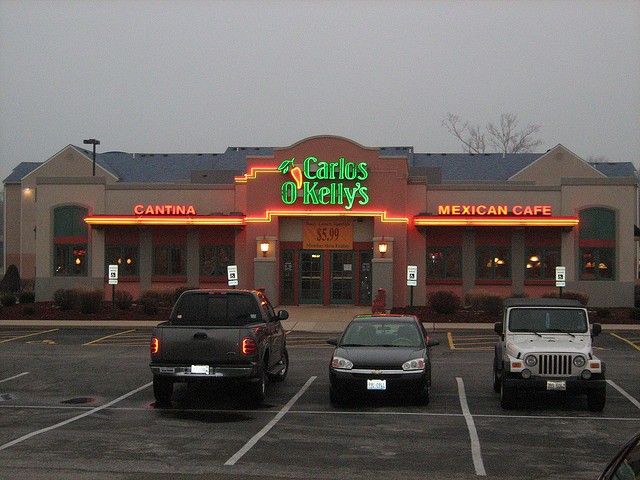
This is a stereotype that Mexican food shared with Chinese, Thai and Indian; the vast majority of would-be Mexican restaurants serve cheap food, thus there's no possibility of upscale Mexican dining being worth it. This is patently untrue; the alta cocina dishes of Mexico, once confined to Mexico City and rare outposts, are starting to spread. Tijuana, just over the border, has more alta cocina restaurants than Los Angeles, a far more wealthy city, and the food is worth the money.
2. Mexican food is just mystery meat in a tortilla.
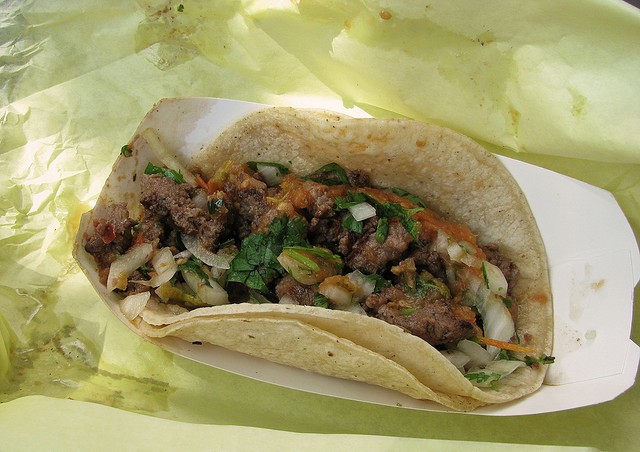
Yes, Mexicans eat tortillas every day, just as most Americans eat bread every day. The tortilla is so near and dear to the Mexican heart that their equivalent to our complaints about the price of gas at the pump is the price of a kilogram of tortillas. That does not mean that Mexican food is limited to tacos, burritos and enchiladas; tacos are called antojitos (“little whims”) and are meant as a snack or a small plate, not as a full meal.
1. Mexican food is unhealthy.
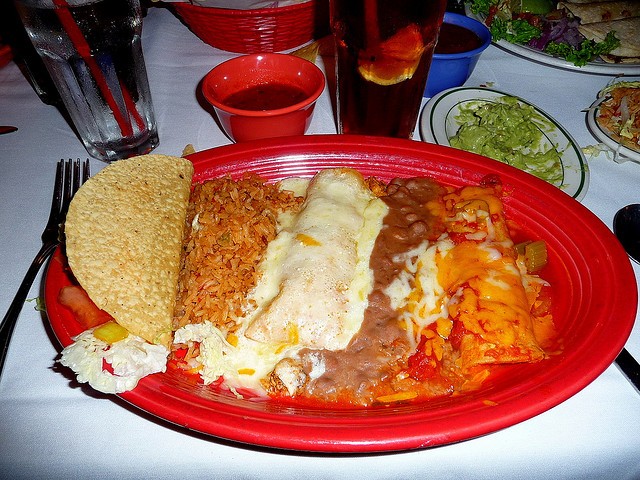
This is the most ridiculous stereotype in the list, because it's the pot calling the kettle black. The United States is chock full of obese people who look at the cheese-laden, high-fat, multiple-thousand-calorie dishes they eat at Pedro McCocina in Fargo or Boston and assume that all Mexicans eat like this. Mexicans are far less obese than their northern neighbors; their diet tends to be high in lean protein and vegetables. While processed food is on the rise in Mexico, most food is still created from whole ingredients, and there's no corn subsidy to drive the use of high-fructose corn syrup the way there is in the United States. Most expats lose weight living in Mexico, because the food is better for them than the packaged junk food we consume by the truckload.
Follow Stick a Fork In It on Twitter @ocweeklyfood or on Facebook!

